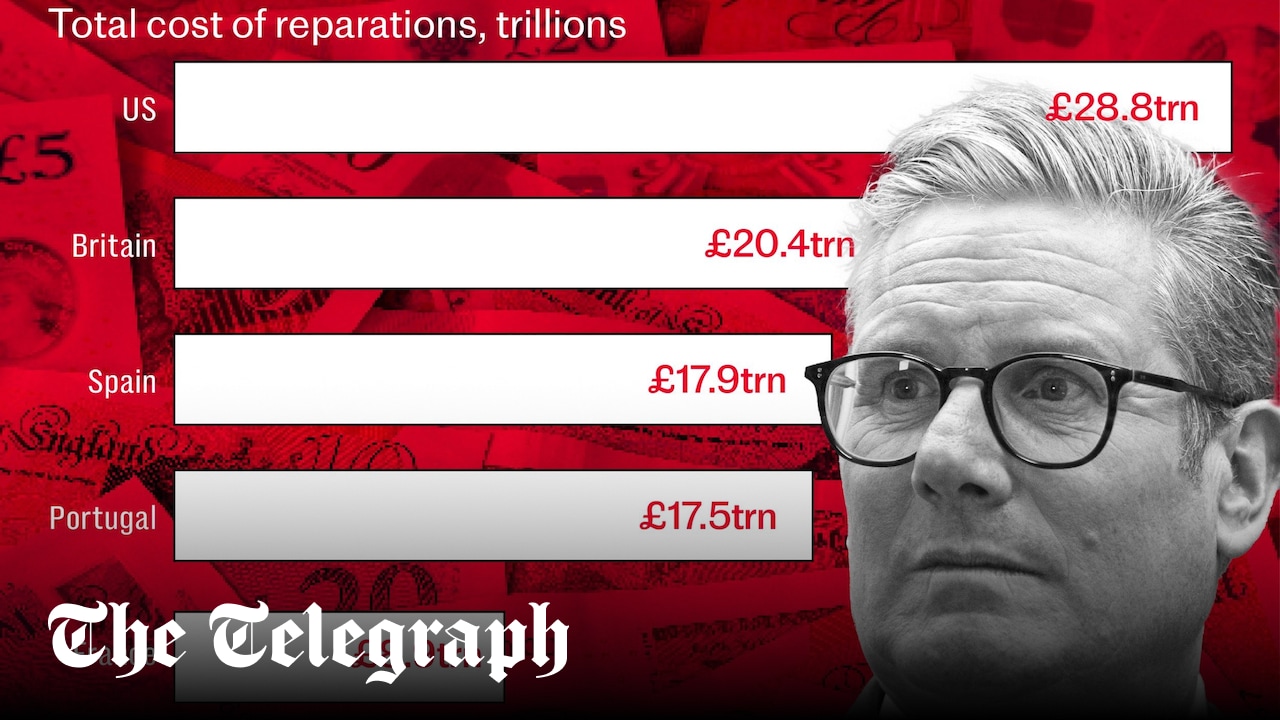
The report does not deduct food and accommodation from the figure, as some previous estimates have. It does however stick to just a twelve-hour working day – the average for manual labourers of the time – rather than assuming slaves worked 24 hours a day as some other sources do.
For the 1.2 million slaves who died in transit, the academics simply applied a “lost-earnings” calculation across the whole estimated lifespan if they had lived.
The rest of the figures came from loss of liberty (£8.9 trillion), personal injury (£4.8 trillion), mental pain and anguish (£18.7 trillion) and gender-based violence (£9.2 trillion).
What are the problems with the analysis?
The main issue, cited often in the report, is a lack of “direct historical estimates” of compensation throughout the period. This means that many of the calculations are based on current payments adjusted for slavery victims with broad assumptions.
For example, the “personal injury” payment is based on the fact that personal injury victims of the 9/11 attacks received one tenth of the amount paid to those who died. The researchers then assume that all slaves faced personal injury, and add a tenth to the “loss of earnings” bill.
Similarly, the payments to the estimated 2.9 million slavery victims of sexual violence takes an average of court-mandated payments from the past 30 years – coming to $50,000 (£38,500) per enslaved woman, per year of bondage.
On mental pain, the report takes a $30,000 (£23,100) compensation figure from the United Nations. It then estimates that slaves lived in bondage for a combined 800 million years, and multiplies that by the contemporary UN figure.
The report doesn’t really acknowledge that the reason there are no contemporary comparisons for injury, sexual violence or mental harm is that in the pre-human rights, pre-welfare state era very few had such protections for slaves or non-slaves. Free people would not have been entitled to any compensation either.
Other harms, such as lost wages, are measured in nominal terms at the time they occurred, and then brought forward to current values using an interest rate.
Given the historically large time scales involved, a significant portion of the final bill is the result of accumulated interest.
The report seeks to both “compensate for loss of purchasing power” and apply a “conservative measure of time value of money” – the basic economic concept which says money in the present is worth more than in the future.


